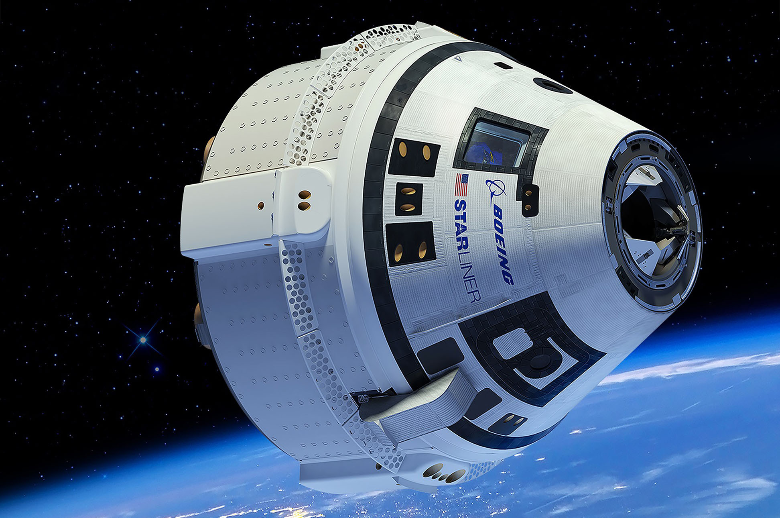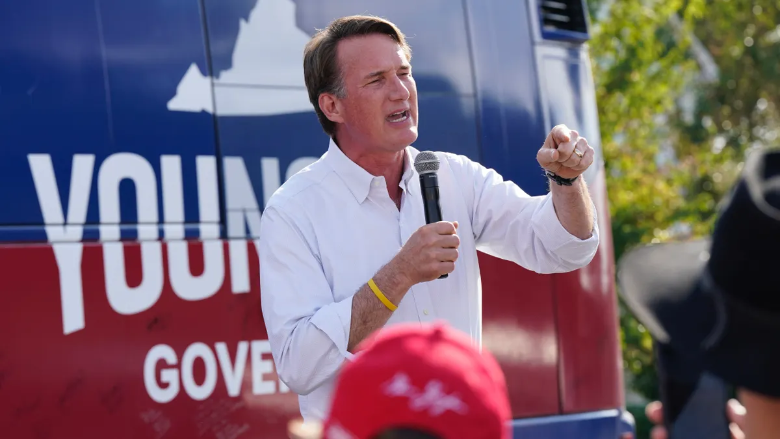2024 will go down as one of the worst years in Boeing’s history, a year that some are dubbing the company’s “annus horribilis.” Along with ongoing issues with its airplanes, workers’ strikes, and whistleblower allegations, Boeing’s most high-profile disaster came in the form of its troubled spacecraft, the Starliner. NASA has now grounded the vehicle after a series of catastrophic failures, including leaving astronauts stranded aboard the International Space Station (ISS).
The Starliner was originally intended to be Boeing’s answer to NASA’s need for a reliable spacecraft that could carry astronauts and cargo to the ISS, part of NASA’s Commercial Crew Program. However, the spacecraft’s performance during its much-anticipated first crewed flight in 2024 was a fiasco. Astronauts Butch Wilmore and Sunni Williams were sent into space aboard the Starliner on June 5, 2024, expecting a simple eight-day mission. Instead, they found themselves stuck in orbit for three months as engineers on the ground debated how to bring them back safely.
Starliner’s numerous technical problems soon became apparent. During the trip to the ISS, five of the spacecraft’s thrusters failed, and the craft developed multiple helium leaks. One of these leaks had been identified even before liftoff, further raising concerns about the spacecraft’s overall reliability. NASA and Boeing’s teams worked feverishly to pinpoint the issue, but in the end, the decision was made to abandon the Starliner as a viable return vehicle for its crew. Instead, the astronauts will now return to Earth aboard SpaceX’s Crew Dragon spacecraft in early 2025—eight months after their intended return.
NASA’s decision to ground Starliner indefinitely came as no surprise after these failures. The space agency announced that it will now use SpaceX’s Crew Dragon for its upcoming missions to the ISS while Boeing works to resolve the technical issues that have plagued its spacecraft. According to NASA, Crew-10 will launch in February 2025, followed by Crew-11 in July 2025—both using SpaceX’s Dragon. The next flight of the Starliner has been delayed indefinitely, with NASA stating that its timing will depend on Boeing’s ability to meet certification standards.
NASA explained in a statement, “The timing and configuration of Starliner’s next flight will be determined once a better understanding of Boeing’s path to system certification is established. This determination will include considerations for incorporating Crew Flight Test lessons learned, approvals of final certification products, and operational readiness.” NASA is aiming for a Starliner flight sometime in 2025, but it remains unclear whether the spacecraft will be crewed or fly solo on its next attempt to reach the ISS.
This debacle is a major blow to Boeing, especially considering the company’s long history in aerospace. When NASA awarded contracts to both Boeing and SpaceX in 2014, Boeing was seen as the experienced frontrunner, while SpaceX, founded by Elon Musk, was the newcomer with something to prove. But over the past decade, SpaceX has far outshined Boeing, launching nine successful crewed missions to the ISS with its Crew Dragon spacecraft. Meanwhile, Boeing is still struggling to get its Starliner certified for operational flights.
Boeing’s Starliner was first conceived in 2010, drawing on the company’s rich history of spaceflight innovation, including its contributions to the Apollo missions. Yet, despite its impressive pedigree, the Starliner has been plagued by delays, technical failures, and cost overruns. The spacecraft’s initial unmanned test flight in 2019 was supposed to be a stepping stone to crewed missions. However, that flight ended in disaster when a software glitch caused the Starliner to burn too much fuel and fail to reach the ISS. A second unmanned test flight in 2021 finally made it to the ISS, but issues with the spacecraft’s systems continued to mount.
Despite these setbacks, NASA pushed forward with the crewed test flight in 2024, hoping that Boeing had finally resolved its issues. But after the most recent string of failures, it’s clear that the Starliner is far from ready to transport astronauts on a regular basis. NASA’s Commercial Crew Program, which was intended to reduce reliance on Russia’s Soyuz spacecraft for ferrying astronauts to and from the ISS, now looks to SpaceX as its primary partner.
The situation highlights the growing divide between Boeing and SpaceX in the modern space race. SpaceX’s rapid development, combined with its successful launches and reusable rocket technology, has put it far ahead of Boeing in the commercial space sector. Boeing, meanwhile, continues to face setbacks in a project that should have been one of its crown jewels.
NASA, for its part, remains cautiously optimistic that Boeing will eventually get Starliner certified. However, with SpaceX continuing to deliver reliable crewed missions, the urgency for Boeing to do so has diminished. For now, Starliner remains grounded as Boeing works to overcome its many technical challenges. Whether or not it will ever match the success of SpaceX’s Crew Dragon remains an open question.




This is what happened when great engineering company got taken over by beancounters of MD. Maine focus became spreadsheets and profits with engineering and quality control taking back seat.
Without complete change in upper management this company will not recover.